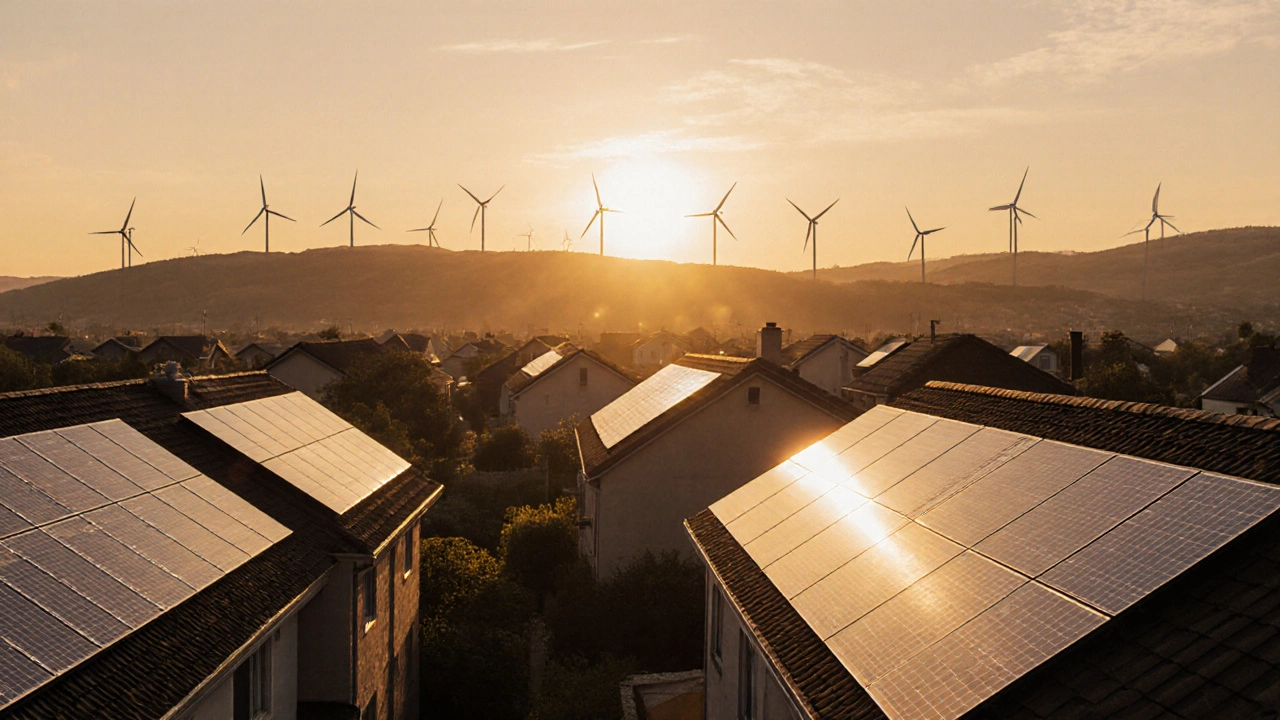Renewable Energy Disadvantages: What No One Tells You About Solar and Wind
When we talk about renewable energy, energy derived from natural sources that replenish faster than they’re used, like sunlight, wind, and water. Also known as clean energy, it’s often sold as the simple fix for climate change. But the truth? It’s not magic. It’s engineering—and engineering always has trade-offs. The big headlines shout that solar and wind are cheaper and greener than coal. And they’re right—mostly. But what gets left out are the real, everyday problems that come with scaling them up.
One of the biggest headaches is energy storage, the systems needed to save electricity when the sun isn’t shining or the wind isn’t blowing. Also known as battery storage, it’s the missing link that keeps the lights on at night. Right now, lithium-ion batteries are expensive, hard to recycle, and need rare minerals. Even the best setups can’t hold power for more than a few hours without adding massive costs. And in places like rural India, where grids are weak, this isn’t just an inconvenience—it’s a barrier to real adoption. Then there’s land use, how much space solar farms and wind turbines need to generate meaningful power. Also known as footprint, it’s a quiet problem that turns into big fights. A single solar farm can cover hundreds of acres. Wind turbines need wide spacing to work efficiently. That means forests cleared, farmland taken, or desert ecosystems disrupted. It’s clean energy—but not always clean for the land. And let’s not forget the grid instability, how sudden drops in sun or wind can crash power systems not built for variable inputs. Also known as intermittency, this isn’t a futuristic worry—it’s happening now. Power grids were designed for steady, predictable sources like coal or nuclear. Switching to solar and wind without upgrading the whole system leads to blackouts, voltage drops, and wasted energy. Even the materials matter. Solar panels need silver, copper, and silicon. Wind turbines need rare earth metals. Mining these isn’t harmless. It creates pollution, uses water, and often happens in places with weak environmental rules.
So yes, renewable energy is better than fossil fuels. But calling it perfect is like saying a bicycle is perfect—great for short trips, but useless if you need to haul cargo across a mountain. The real challenge isn’t making solar panels cheaper. It’s fixing the systems around them: storage, grids, supply chains, and land use policies. The posts below don’t sugarcoat it. They show you the actual trade-offs, the hidden costs, and the real-world stories of where renewable energy works—and where it stumbles. You’ll see what’s broken, what’s being fixed, and what you need to ask before cheering for the next big solar farm.




